BELPHEGOR, PHANTOM OF THE LOUVRE. First horror shot in actual Louvre
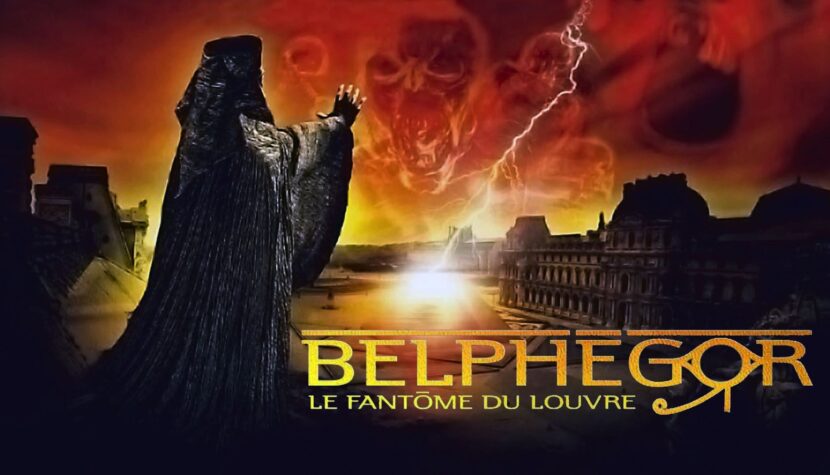
The atmosphere is built by excellent, expressive music that creates a mood of danger and mystery. Unfortunately, these unquestionable advantages of the film end there. In March 1965, a series debuted on French television screens, which was to mark the beginning of a peculiar craze, later dubbed “Belfegor-mania.” For four weeks, viewers followed with suspense the story of a phantom who chose one of the world’s most famous museums as his residence. The series broke viewership records, and Belfegor was even mentioned by Charles de Gaulle in one of his speeches.
Nearly forty years later, Jean-Paul Salome attempts to revive the memory of the mysterious phantom-murderer, challenging the legend and seeking to give it a more contemporary expression, while also attempting to preserve the special atmosphere reminiscent of classic adventures like those of Fantomas – rustic in terms of effects, yet speaking to the imagination much like adventures of Mr. Car. An additional “treat” is the fact that Belphegor, Phantom of the Louvre is the first full-length film in the history of cinema shot in the authentic interiors of the museum.
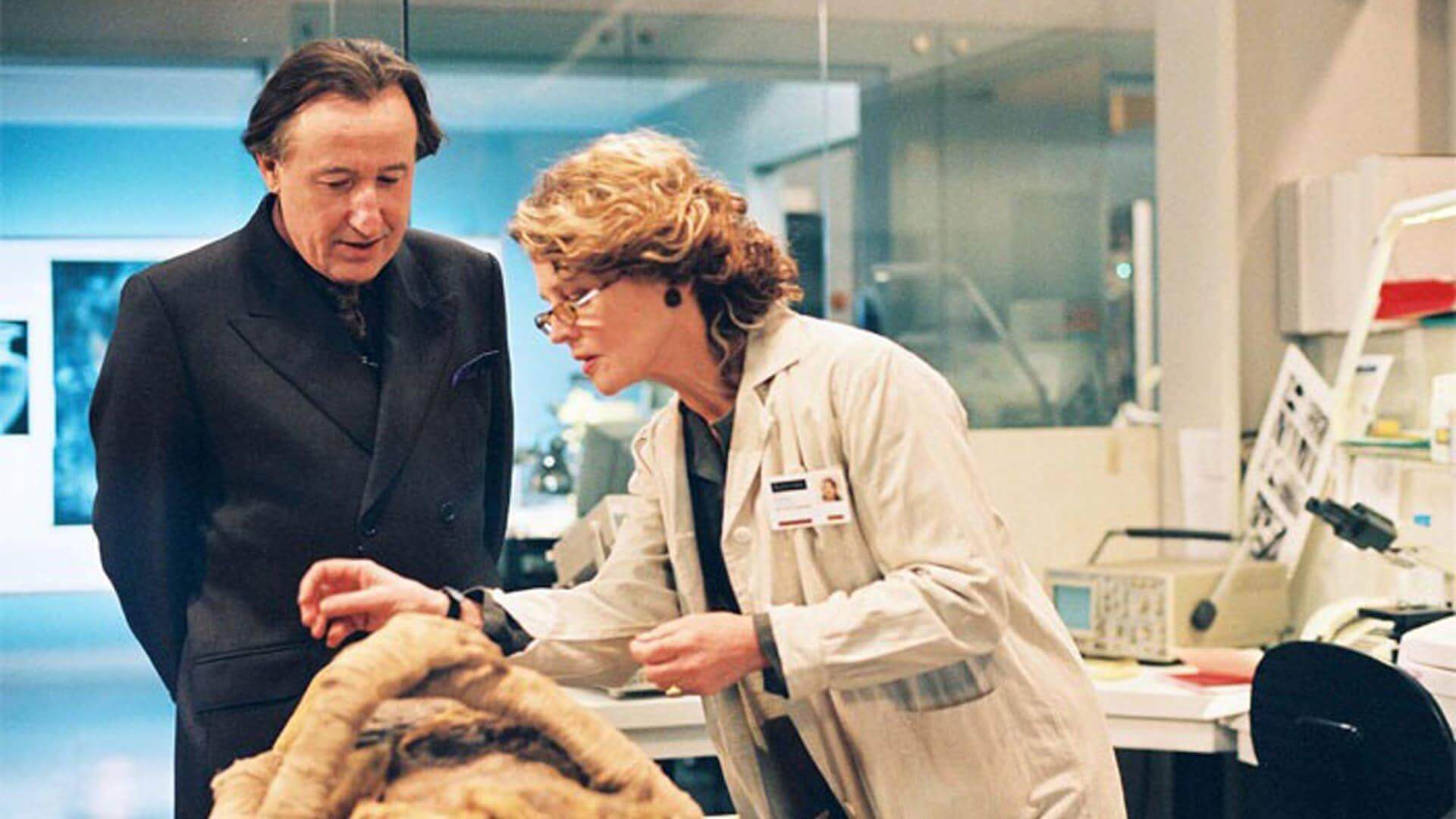
A group of Egyptologists discovers the tomb of a mysterious mummy, but a strange fate seems to hang over the expedition – almost all of its members die in mysterious circumstances. The mummy ends up in the Louvre museum, where it becomes the cause of unexplained tragedies. The phantom roams the museum at night, not hesitating to destroy anyone who stands in its way. The case seems to find a logical solution, but years later, the mummy is unearthed from oblivion and subjected to examination. Unexpectedly, the phantom returns, and a young girl who has just lost her beloved grandmother and an electrician enamored with her, who indulges in his musical passion in the evenings, are involved in the whole affair. The truth about the phantom is known only to a retired policeman who once faced him, and now he must finish what he started years ago.
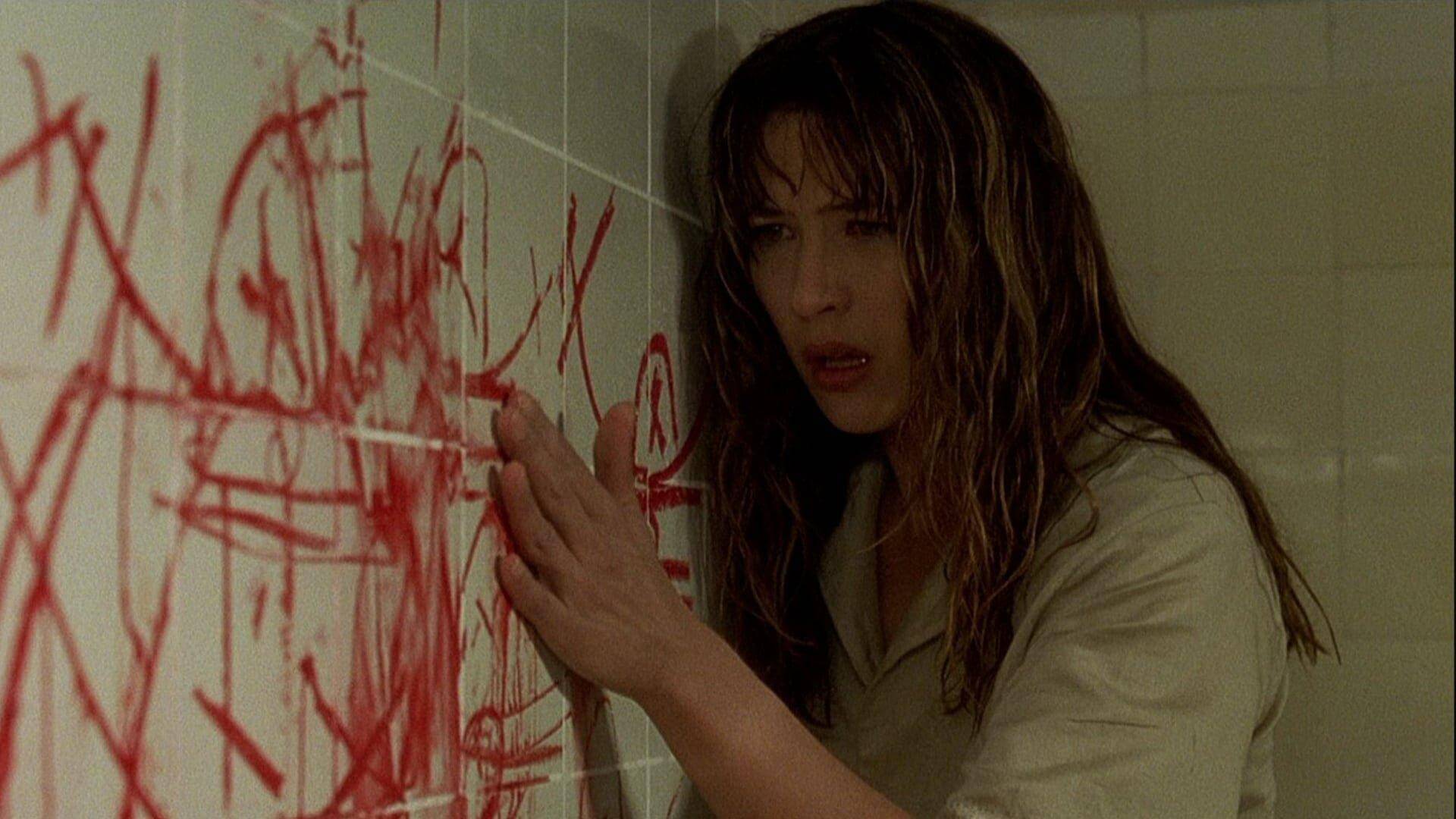
The action of Belphegor, Phantom of the Louvre is supposed to be a horror but is lifeless and lacks spark, and the script borders on infantilism, especially when it comes to the relationships between the characters, most of which are cardboard and flat. It’s glaring, even for a film that aims solely for entertainment. Especially since this entertainment is rather dubious, as it sometimes becomes simply boring. Events are loosely connected, and their logic is so questionable that one must strain the mind to understand their implications and where they lead. What should stand out, tension in this case, is lacking.
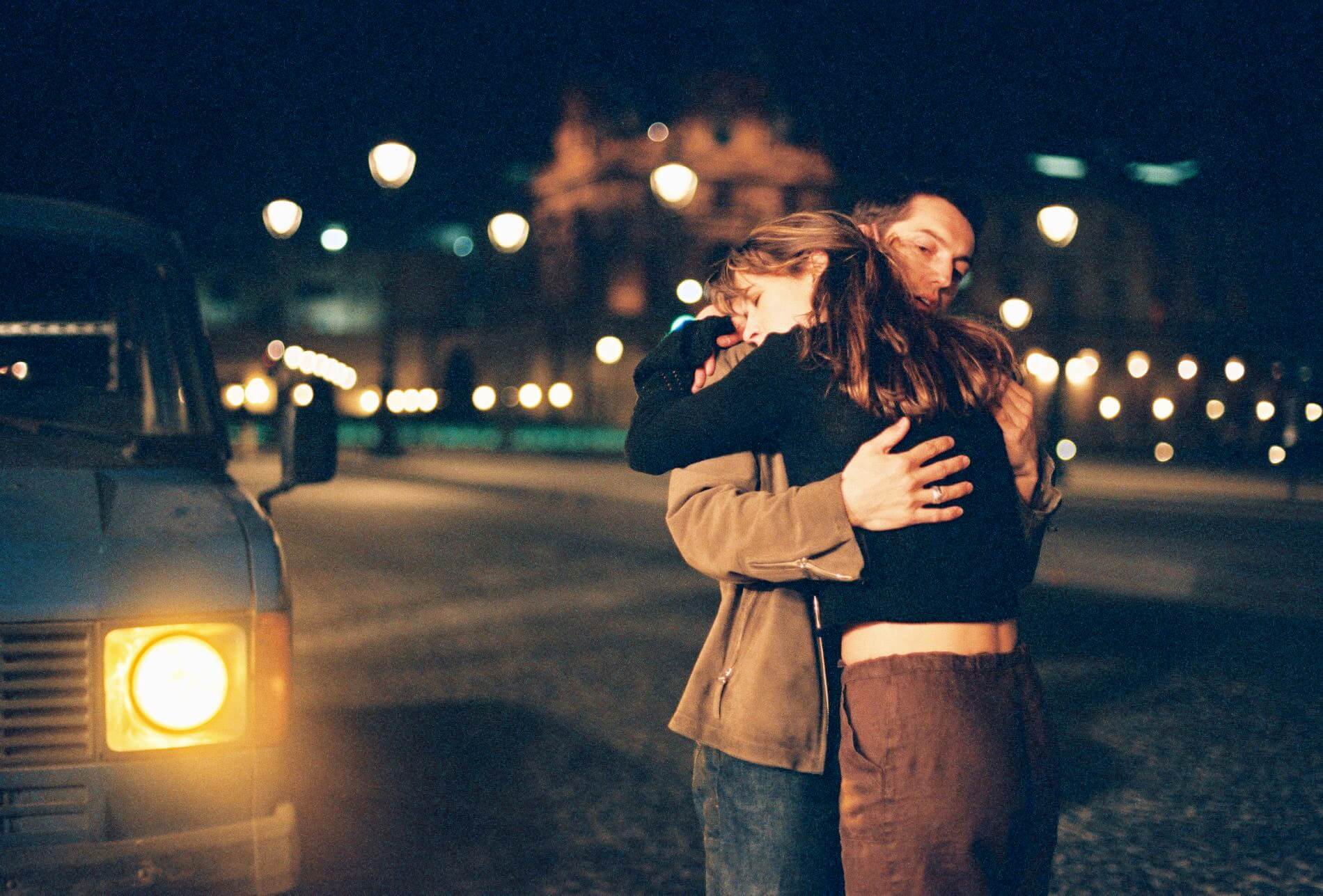
There are scenes that carry a significant emotional load, but unfortunately, they are all too short, as if suspended halfway through, wasting good material. For example, the scene in the cemetery when Lisa knocks on the closed crypt, or the scene where Lisa and Verlak come close while the specter of the phantom hovers over them. Similar phenomena of “cutting off” and understatement, in a negative sense, apply to the script, making it not only shallow but downright illogical. Why, for example, could the phantom possess only one person? Why didn’t he leave Lisa’s body when she was imprisoned? For what reason and at whose behest was the spirit of the Great Clairvoyant to be condemned to eternal wandering? What was the genesis of Belfegor’s creation? There are too many such shortcomings to explain them all conventionally, and suspending these threads clearly harms Belphegor, Phantom of the Louvre ‘s dramaturgy.
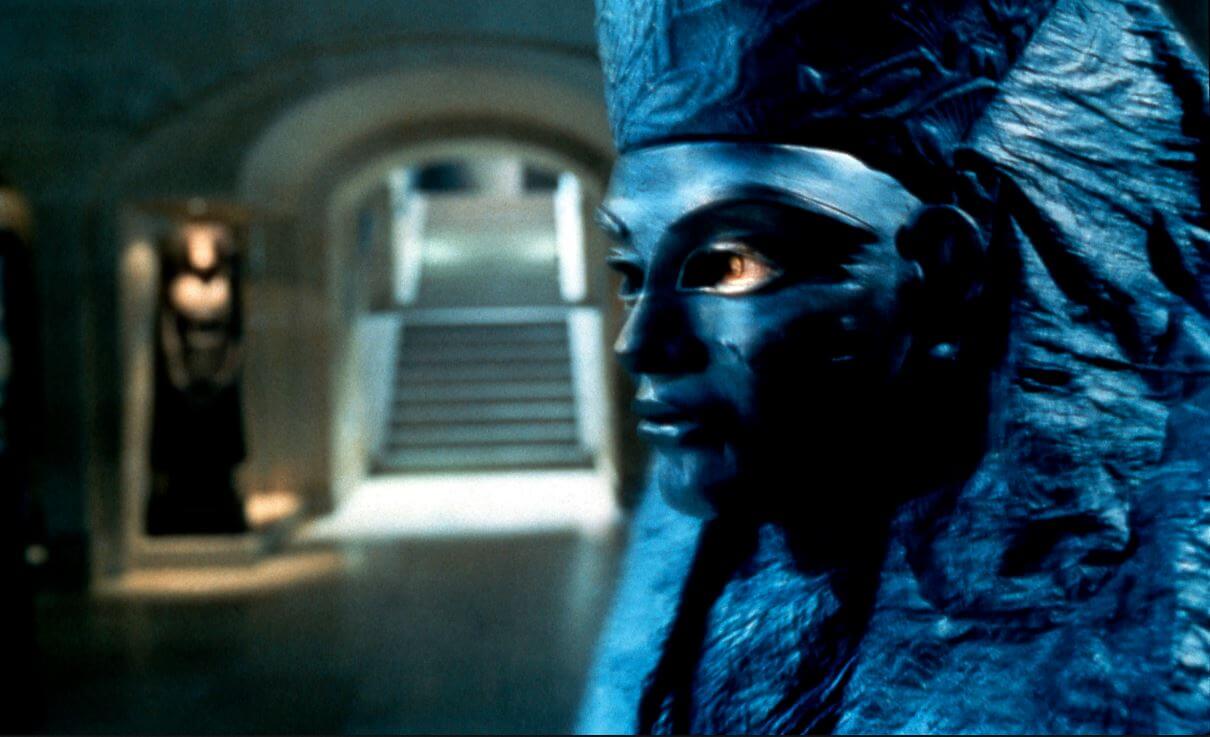
In the visual aspect, Belphegor, Phantom of the Louvre does not match Vidocq, because even scenes that require spectacular staging, such as the final ritual of “sending to the other side,” lacked this staging. Was it to evoke the spirit of old stories with a thrill? It’s hard to judge, especially since the thrill was also lacking. The actors perform averagely; the only interesting episode is Genevieve, the grandmother of the main character. Sophie Marceau, as a possessed girl on the brink of madness, seems to play without conviction, making the supposed “madness” artificial and theatrical, and at the same time superficial, as if the character only wore a mask of madness while her essence remained untouched. Her speech about death is completely unnecessary, seemingly meant to prove possession by a foreign personality, just like the story of the dead told to children on a museum trip – two isolated events, detached from the whole and deepening the inconsistency of the script even further.
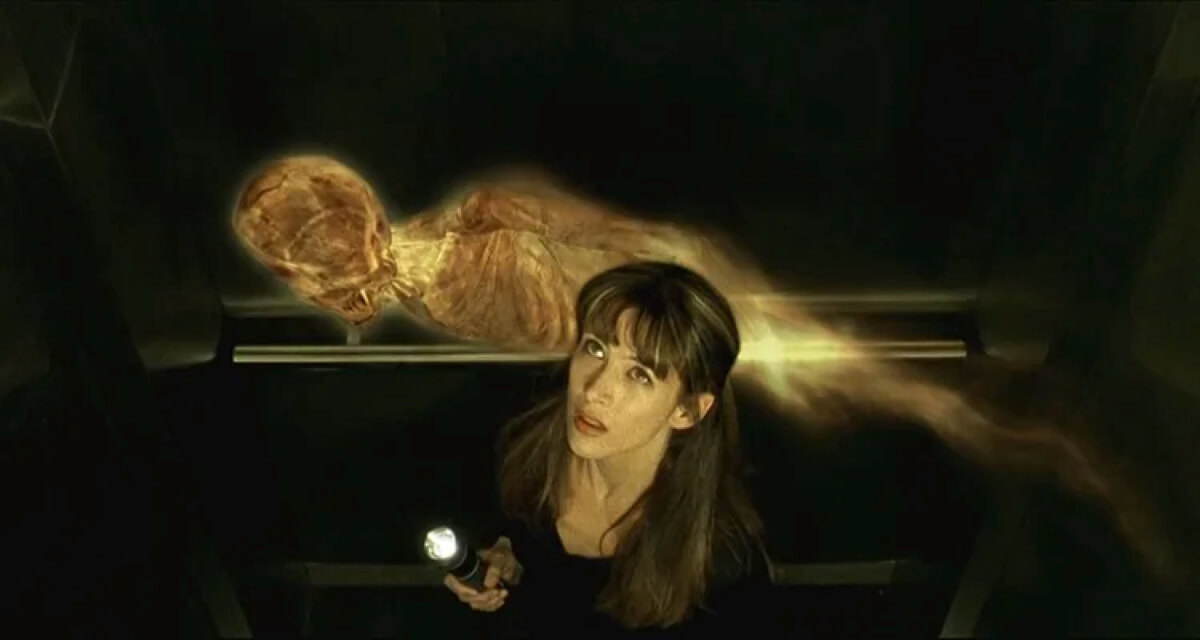
The ending of Belphegor, Phantom of the Louvre gives the impression that the director left himself a gateway to a sequel, which only intensifies the disgust and disappointment. I got up from my seat with relief. And a bit of regret that a sanctuary containing nearly 800 years of French history deserved only such a phantom.

